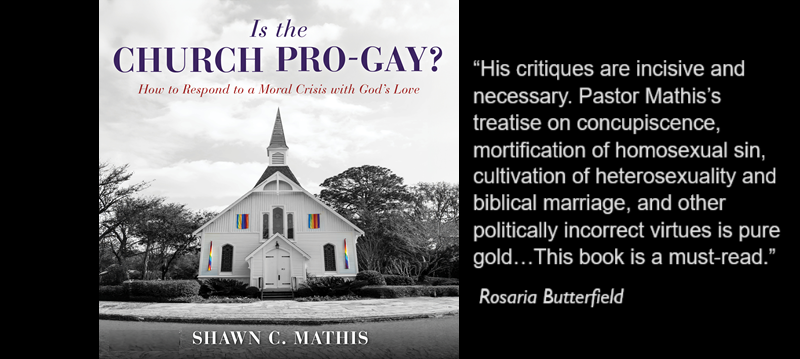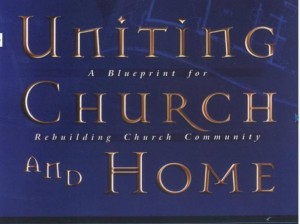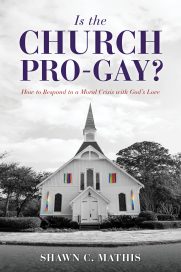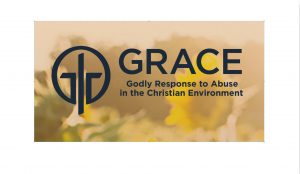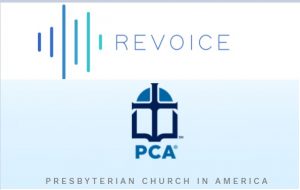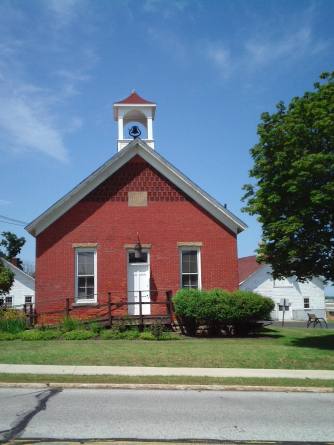
With children returning to school and the rise of homeschoolers, this is a good time to review the history of Christian education. There has been much confusion on this subject. But such a review ought to encourage parents that instruction of the young is an old and noble cause.
Schooling, that formal period of time set aside for instruction, has been the mainstay of societies for millennia. This is especially true in the Christian community.
Christians have used various types of schooling since inception. This has included schooling at home by parents, relatives or tutors, schooling by teachers at another location, and schooling overseen by parents, local communities or by the church. No one method was deemed the correct approach.
Early church bishops were encouraged to house young men to train them for future ministry in the church. They were commanded to instruct the youth in the Bible and basic subjects. Churches taught religious instruction to young and old alike, dividing the larger groups into classes. Monasteries, cathedrals and even guilds would have schools. Church councils ordered the erection of schools.
The records are very spotty given the lack of centralized communities, the distance of time and the ravages of war and poverty. What little that is available shows that during the Middle Ages, “poorer children, even if they or their parents were favorable to reading, might have to postpone the undertaking until adolescence or adulthood, and might not begin at all” (Professor Orme).
By the late Medieval period, useful numbers began to appear in England’s population of 2.5 million: a typical English town had at least one schoolmaster; London had at least two dozen full-time teachers. From 1480-1660, at least 800 new schools alone were created in England.
The Reformation redoubled these educational efforts. Geneva erected the schola privata which divided the young into seven grades, admitting children as young as six. Most stayed in each grade a year. The Scots, Dutch, French, Polish and Hungarian churches either ordered, created and some even operated schools for children. Catechizing was emphasized once again.
The Puritans strongly endorsed schooling of all types. As historian Edmund Morgan summarized: “the diversity of forms of elementary training—and its chronic lack of endowment—led Puritans as well as their contemporaries to rely heavily on the household for instruction in literacy at the same time as they encouraged the founding of schools….”
New England passed the famous Old Deluder Satan Act of 1647, which required the erection of elementary and grammar schools. The typical New England child would begin instruction before age six, attending a local Dame school wherein an older woman (usually widowed) would teach the rudiments. He may then move on to other schools, tutors and subjects. It was common for the schoolmasters to teach the catechisms as well. At times, such catechizing was furthered through assemblies of the children, not unlike Sunday school.
By 1800 many state constitutions explicitly provided for schools to one degree or another. Boston had over half of the children in some type of school. The state of New York had similar statistics in 1799. Schools were endorsed by Cotton Mather, the Synod of New York and Philadelphia and various leaders. Thus by 1840 when the first census included schooling statistics, it appears that nearly 60% of the children in America attend some type of academy, private school or public school at one time or another.
Christians have always taken education seriously. And the history of formal schooling demonstrates that Christians and the church used both home education and schooling abroad to help nurture the next generation. This should encourage Christian families today to use their abilities and the gifts of the church to nurture the future generation.
